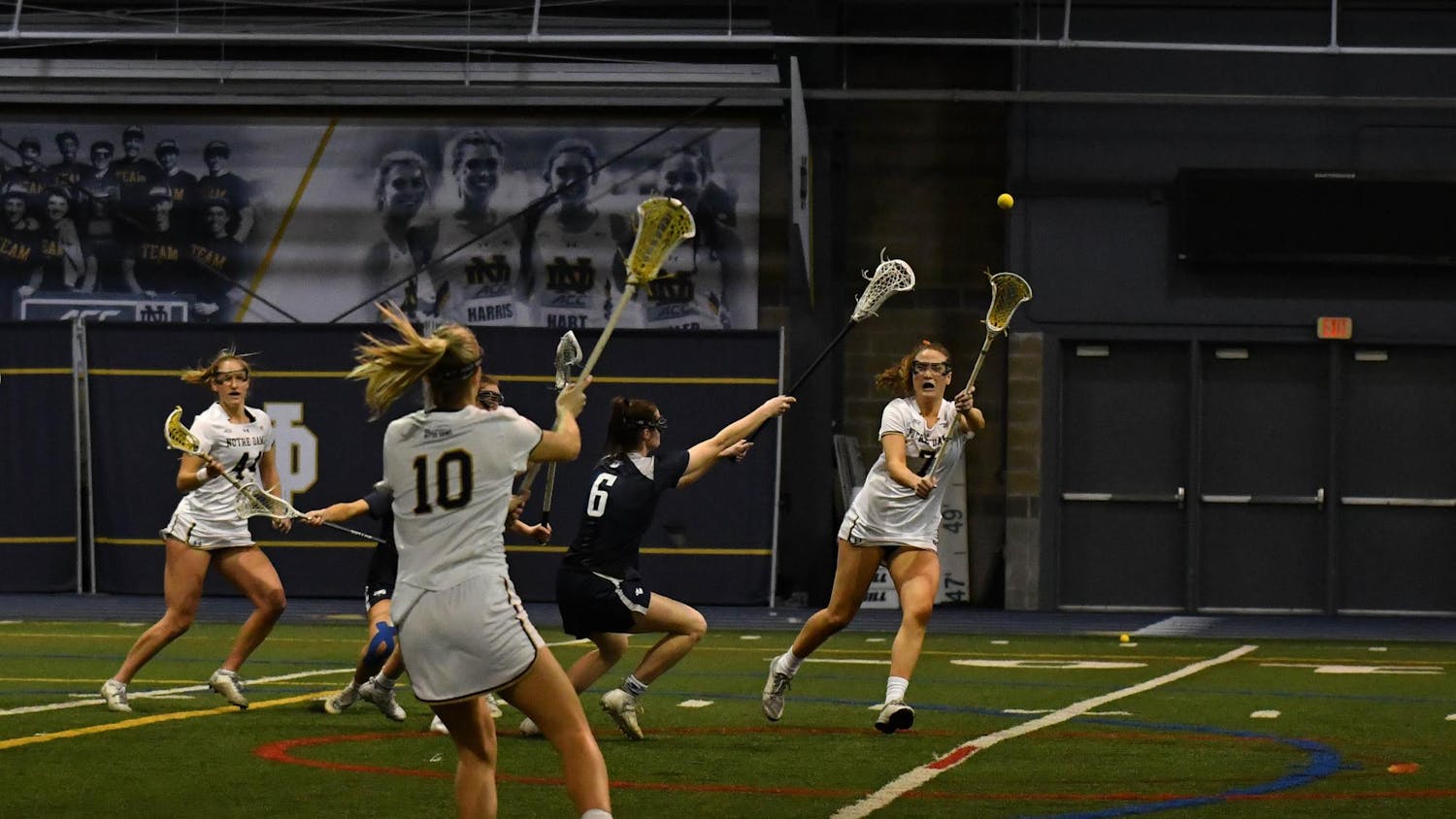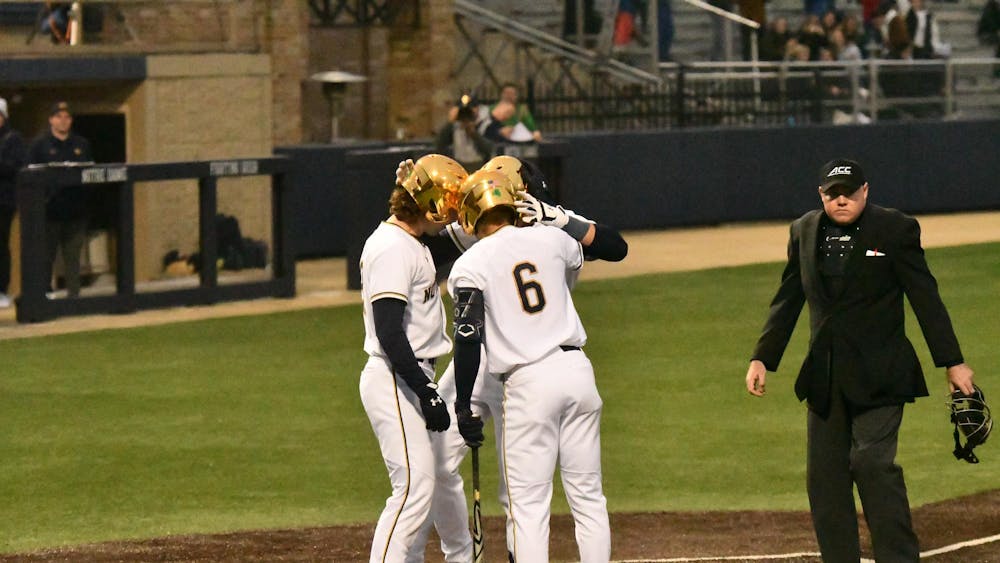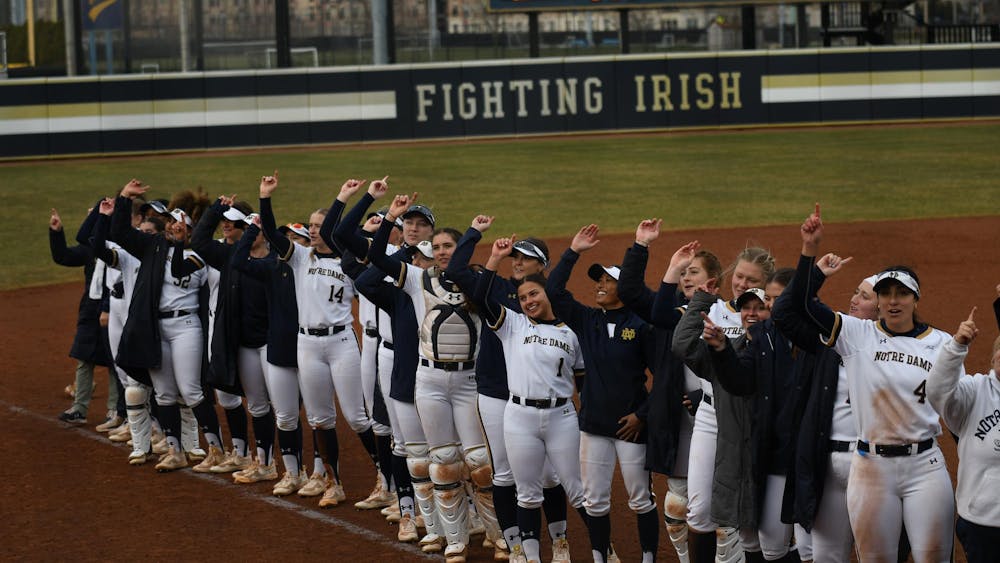This is it. The year when all those BCS flaws are eliminated and college football has a season finale it was meant to have. Four teams, most likely from the five power conferen…
Wait. Four … and five …
Uh oh.
That’s right. There are four playoff spots, but, as has been in the news for the last few months, everyone has decided there are five power conferences. Five conferences, competing for four slots.
I can tell already this year will bring all the headaches the BCS has provided at the end of every year. Except this time, instead of computers and algorithms taking all the flak for who did and did not make it into title contention, it will be a special “selection committee” who has to decide who has, and has not, earned a shot at one of those four slots. I already feel sorry for them.
Take a quick look at what the situation would have been last year:
The top four schools in the rankings at the end of the year were Florida State, Auburn, Alabama and Michigan State. Three conference champions, another a fluke-play-of-the-century from being one. Left just outside were two-loss, Pac-12-champion Stanford and one-loss, Big 12-champion Baylor.
So. Who would the committee have put in, and who would they have left out? Better yet, why?
Throw in wrinkles like Oklahoma smashing Alabama and Central Florida finishing its one-loss season with a win over Baylor, and suddenly four slots are not enough to decide a national champion. Here’s how to fix it:
Eight teams make the playoffs. Yes, eight. Automatic qualifiers for the champions of the power-five conferences. "But wait," you say, "that leaves three at-large" — nope. Throw in an automatic qualifier for the highest-ranked school from a non-power-five conference. Doesn't matter what it ends up being ranked. Throw in another automatic qualifier if another non-power-five team is in the top 16. I might be talked down to top 12 — maybe. That leaves one at-large, minimum, although it will almost always be two. Seed the teams however you wish and play them, No. 1 vs. No. 8, No. 2 vs. No. 7, etc. Draw them out of a hat, even — I don’t care. Anytime, anywhere.
Use the previous BCS bowls as the venues for each game, then rotate which two host the semifinals, and use any location for the national championship.
Boom: my “perfect” college football playoff.
Now, before you simply dismiss this, hear me out.
I do not really feel the need to defend giving an automatic bid to each conference champion. They survived their “power” conference and have earned the right to take on the other champions.
Many people would complain about the extra game teams would have to play. So what? Of the 65 teams covered by the power-five conferences, only five do not play a game against an FCS team this year: Oklahoma, Texas, Penn State, Ohio State and Notre Dame. Five teams out of 65. Tell me even five of those games against weaker FCS opponents combined would bring in nearly the same revenue as one playoff game. I could go out and buy a ticket to an Ole Miss thrashing of Presbyterian for a whopping eight dollars. How about a 10-dollar beating of Sam Houston at LSU? Tell me those bring in more money than a playoff game would.
You say I will destroy the prestige of the Rose, Fiesta, Sugar and Orange Bowls? The NCAA already has done that with this new failure of an attempt at playoffs. The two bowls that host the semifinal games will be known as the semifinal games, and the two that do not will just be there. At least my system keeps the postseason mystique of bowl games alive by rotating playoff games to more former-BCS-bowl sites.
Finally, we have arrived at the little guys. I love the little guys. America loves the little guys, which is what makes March Madness so special: They at least get a shot. I would bet my entire future career earnings that a non-power-five team would never make the four-team playoff we have this season. Probably not even an eight-team playoff without a spot for them. How can we fairly decide a national champion without giving everyone a fair shot? How good was the 2004 Utah team? The 2006 Boise State team? The 2009 Boise State and TCU teams? Last year’s UCF team?
We will never know.
As for the second conditional bid, if there are two non-power-five teams ranked that high in the polls come tournament time, it usually means they are both undefeated. It would be an injustice if we ever finish a season with an undefeated team that is not the national champion, especially if we are going to have a playoff. Let’s be honest anyway: There will be very few years where this rule actually would be used.
There you go. Love it or hate it, that is what the NCAA needs to do with college football.













